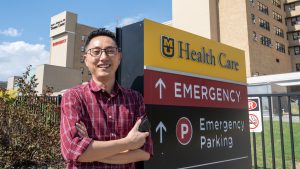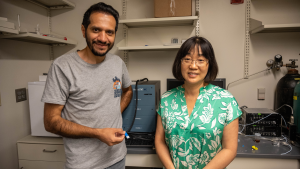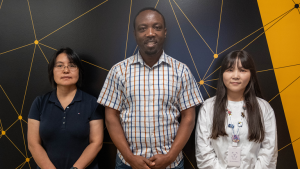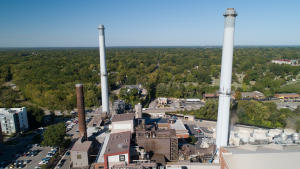
Nov. 25, 2025
Open-source drone technology will democratize precision agriculture
An interdisciplinary collaboration showcases Mizzou’s leadership in advancing smarter farming with better data.

Nov. 17, 2025
Mizzou Engineering researcher discovers pandemic’s impact on ICU patient care
A careful examination of nursing practices opens up opportunities to improve more lives through data-informed systems thinking.

Nov. 4, 2025
Mizzou researchers pioneer ultrasound technology to measure blood viscosity
The breakthrough invention could help introduce viscosity as a new vital sign of human health.

Oct. 22, 2025
Drones and ducks: Leading the future of wildlife conservation
Mizzou Engineering researchers are using drones and artificial intelligence to help the Missouri Department of Conservation manage wildlife populations.

Oct. 13, 2025
Protecting global chip supply chains from cyber threats
University of Missouri researchers use artificial intelligence to detect hidden hardware trojans through a method that’s 97% accurate.

Sep. 26, 2025
Drones can more efficiently measure the health of corn plants, study finds
Mizzou researchers are getting a drone’s-eye view of corn stalks to help farmers better manage their crops through precision agriculture.

Sep. 3, 2025
Mizzou at the forefront of using hydrogen energy safely
A new super-sensitive sensor created at Mizzou can quickly detect hydrogen gas, helping prevent accidents and protect the environment.

July 30, 2025
Shining UV light on the future of computer chips
A recent study from the University of Missouri could help scientists and engineers build faster, cheaper and more eco-friendly electronics.

July 29, 2025
Opening a new chapter in sustainable lighting technologies
New materials set the stage for more efficient lighting, cleaner solar energy systems and even compact LEDs for wearable medical devices.

July 28, 2025
Using AI to improve energy efficiency for campuses nationwide
Mizzou Engineering researchers harness machine learning to transform energy management at large universities.